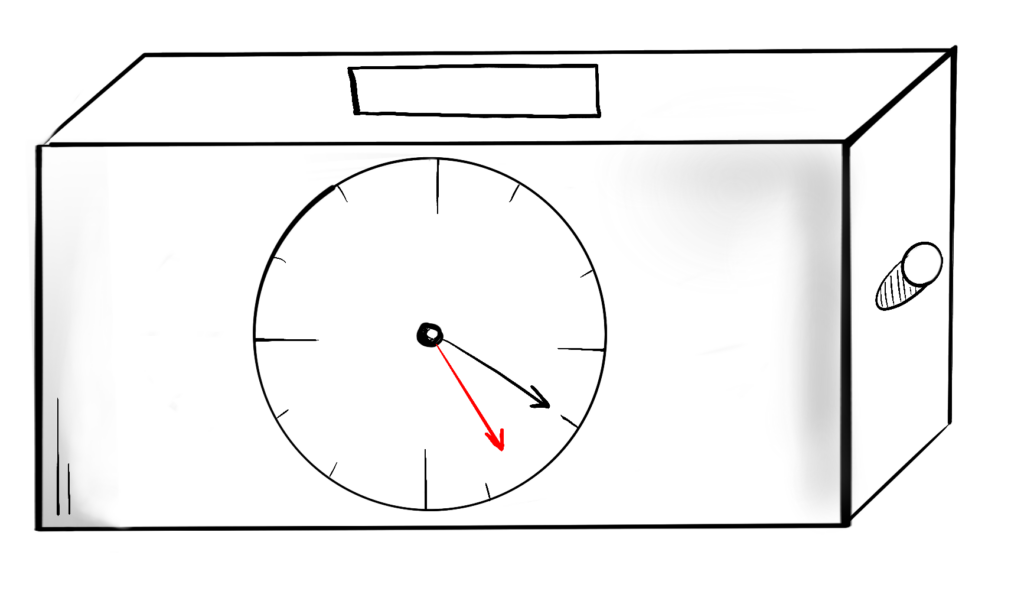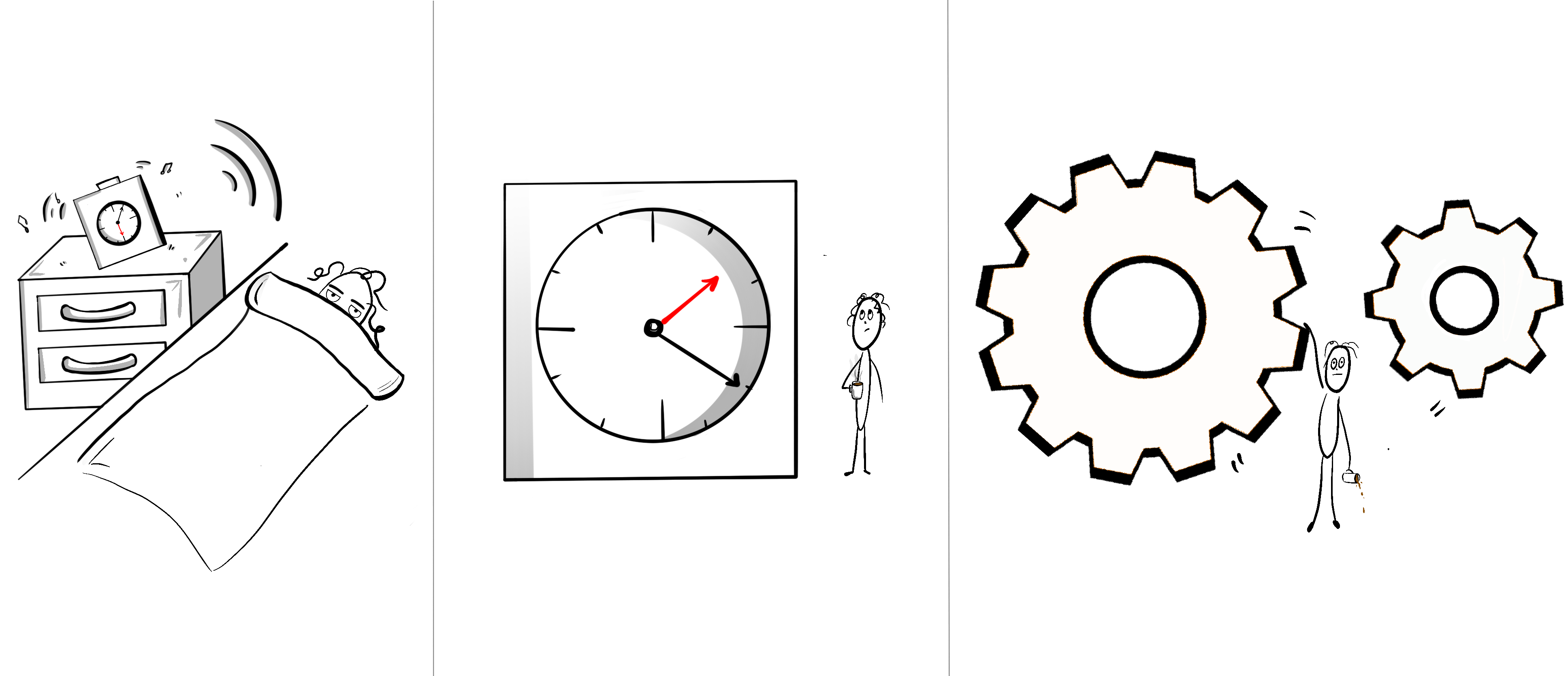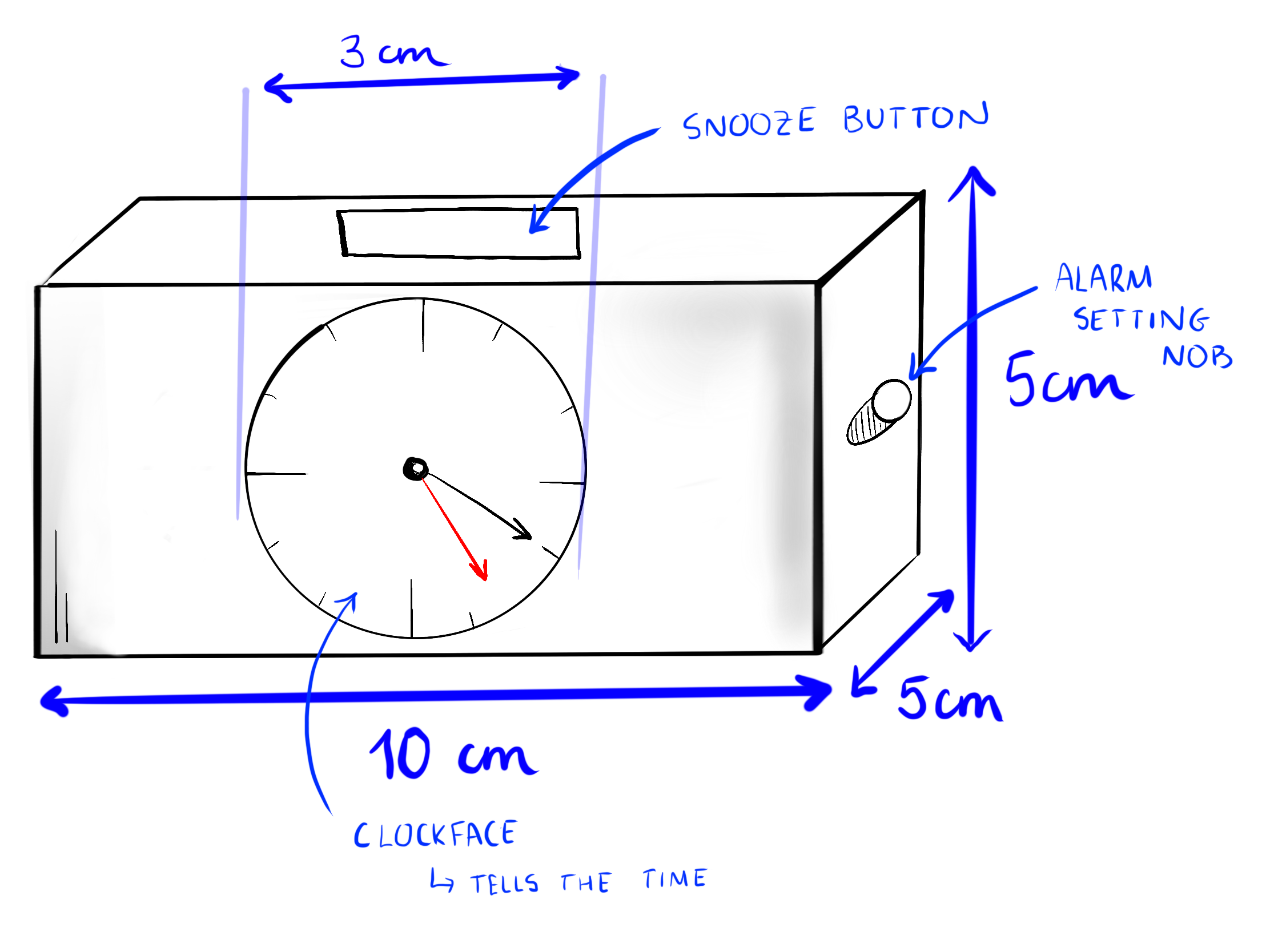Here are two key tips for you to unlock the full potential of your designs.
Written by Sung Soo Moon, Galactic Challenge Volunteer
Illustrated by Saffron Zainchkovskaya, Galactic Challenge Volunteer
Are all your diagrams clearly labelled with dimensions and descriptions?
The world doesn’t run on wishy washy guesswork. When designing missions for interplanetary space travel, accuracy and precision are key for successful completion. With the Rescue on the Comet, the stakes are the highest imaginable since human lives are in your hands.
Describe your diagrams so people know what they’re looking at! We want to see how you communicate your vision and convey your ideas visually in a clear and concise manner. In real engineering situations, it is important that the thousands of people working on a project are all clear in your overall objective. It’s your job as the designer to remove all uncertainty in the design. If you’ve never seen it before, would you be able to tell what it is?
When you’re designing something, you will always have a sense of scale in your head that you want to convey to the viewer, so they too will understand your vision for the designs. Think about this clock you might have designed:

Who’s the clock for? How big is it? 5cm? 5m? 50m? 50km?
Now we need some dimensions and units. It provides a sense of scale to the viewer. Dimensions and units are crucial in any diagram; you don’t want to make a $125 million mistake like our friends at NASA once did.

Three clocks at different scales: an alarm clock (left), a larger clock (centre), and the interior of a really big clock with huge cogs (right).
Additionally, it’s good to consider why a thing is a certain size. What if it were slightly smaller or larger, how would it be affected? In general, to blast things into space, we’d ideally like them to be as light and small as possible. In addition to this, smaller things usually are cheaper to make since it needs a smaller amount of the raw materials. To post a letter to Mars and back would cost a staggering £11,602.25, so every gram you want rocketed into space must be justified.
On the other hand, think about how practical and useful your designs can be. A space suit that only has 15 minutes of oxygen will be difficult to use. Keep in mind that accidents and emergencies can happen unexpectedly, and good designs will reduces the chances of different catastrophic situations outside of the user’s control.
Below is an example of the clock, labelled with descriptions and dimensions with units:

Make sure you give lengths for all three dimensions, as well as any extra measurements you think are relevant. Give a short, clear description of the feature so that the reader is clear in what you have designed.
Is your science referenced?
Any facts, figures and images you use in your submission should be referenced appropriately by providing sources. For us to judge your submission, references are helpful to check the science and your understanding of it. For a more general setting, the reader can look up your sources if they want to find out more about this particular topic.
Importantly, any bold claims must be backed up by legitimate scientific evidence! This does not mean you cannot be creative and inventive with your designs. We are looking at what might be plausible for the year 2061, so if you can find evidence of how your designs might work and how current technology will advance to make that happen, include it in your submission.
Referencing doesn’t necessarily mean scientific journal articles, and we don’t expect you to use them. Not everyone has a master’s in physics. Any reliable website, magazine, book or video can contain useful information you might want to use to support your designs. Wikipedia can be a useful tool, but shouldn’t ever be used as a reference because anyone can edit it at any time. You should provide a list of sources you use and refer to them where you use the information.
Make sure you can easily re-find sources from your research. You never know when you’ll need it again!
